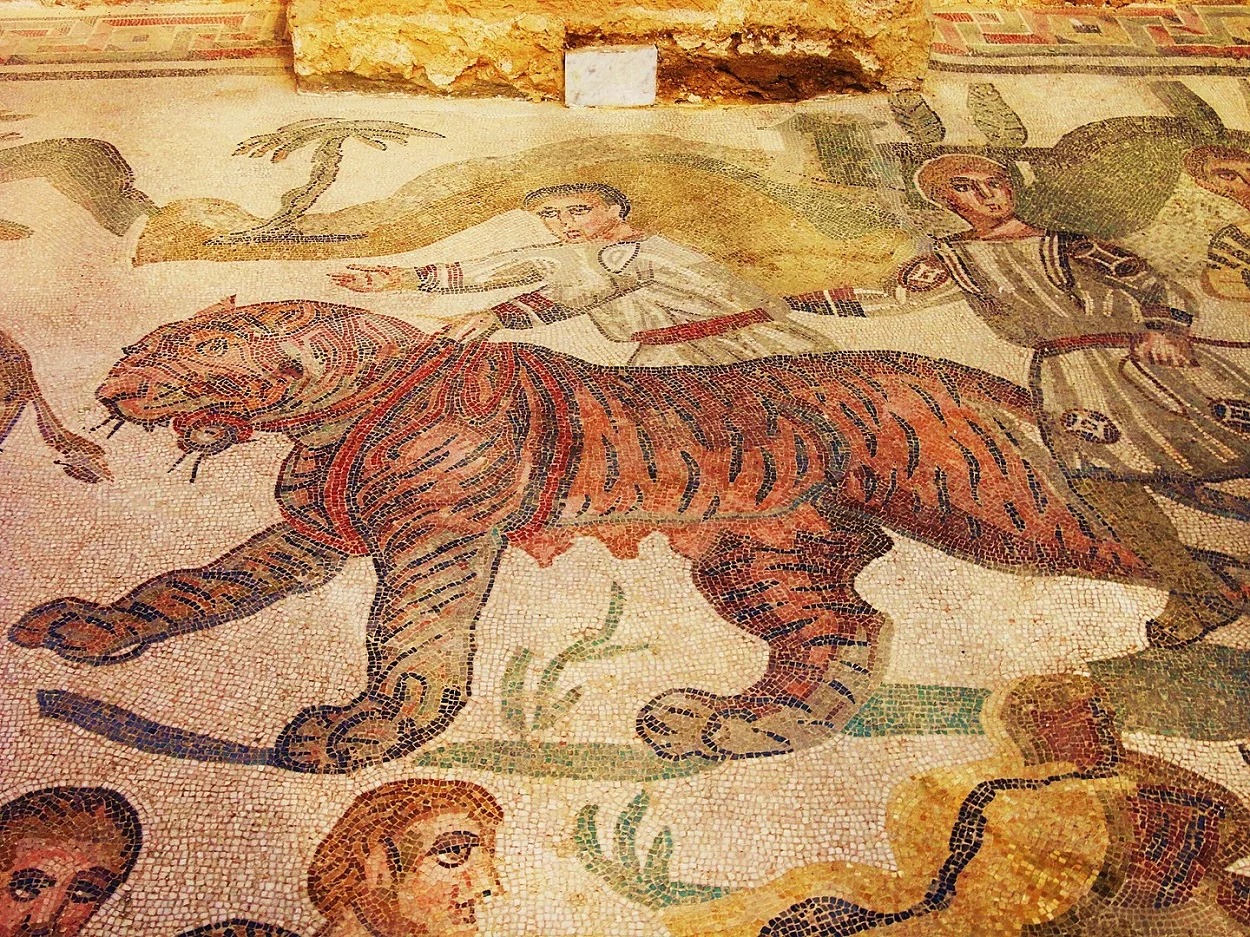The Roman Empire stretched from its territorial holdings across the Mediterranean Sea, Europe, North Africa, and Western Asia, but the Empire had trading links that connected far beyond the empire’s borders.
Early Indo-Roman relations in the area known as “India” are poorly documented, with the only contemporary accounts prior to Roman contact occurring during the Indian campaign of Alexander the Great from 327 BC until 325 BC.
Alexander’s campaign is briefly recorded by the naval commander Nearchus, which is preserved in the “Anabasis of Alexander”, a 2nd century document written by Arrian of Nicomedia during the reign of Hadrian.
Indo-Roman contact likely started with overland caravans, developing into maritime trade as knowledge of new trading partners and commodities became more available to the Roman people.
Following the annexation of the Ptolemaic Egyptian Kingdom by Augustus around 30 BC, up to 120 merchant ships were setting sail every year from the Red Sea ports such as Myos Hormos for India.
Strabo, the Greek historian, records: “At any rate, when Gallus was prefect of Egypt, I accompanied him and ascended the Nile as far as Syene and the frontiers of Ethiopia, and I learned that as many as one hundred and twenty vessels were sailing from Myos Hormos to India, whereas formerly, under the Ptolemies, only a very few ventured to undertake the voyage and to carry on traffic in Indian merchandise.”
Rome started to receive embassies from Indian kings during the early 1st century AD, which the Roman historian, Cassius Dio, records in his “Historia Romana”, written between AD 211-233:
“For a great many embassies came to him [Augustus], and the people of India, who had already made overtures, now made a treaty of friendship, sending among other gifts tigers, which were then for the first time seen by the Romans, as also, I think, by the Greeks. They also gave him a boy who had no shoulders or arms, like our statues of Hermes.”
Four embassies are recorded reaching Rome from This period: the embassy from Puru, the embassy from Broach, the embassy from Chera, and the embassy from Paṇḍya. They brought with them exotic commodities such as tigers, monals, elephants and precious stones, securing trade agreements and a flow of Roman gold to the kingdoms of India.

In their part, Roman and Greek traders frequented ports along Western and Southern India and the island of Sri Lanka, securing trade with the seafaring Tamil states and establishing trading settlements.
Evidence of this trade can be found in the mosaics and frescoes of the Roman villas of Italy, for example, the Villa del Casale has mosaics depicting the capture of animals in India for transportation to the Roman world.
Large hoards of Roman coins have been found at many coastal trading settlements in India that date from the 1st, 2nd, and 5th centuries AD. The scale of Roman coinage flowing into India led to the Tamilakkam kings reissuing Roman coins in their own name, defacing the coins in order to signify their own sovereignty.
An example of a Roman trading settlement can be found in Arikamedu, a major Chola port, first described in the mid-first-century Roman manuscript, “Periplus of the Erythraean Sea”. The port was known as Poduke, which is believed to be a corrupted version of the Tamil name Potikai, meaning a “meeting place”.
Excavations at Arikamedu by archaeologist, Sir Mortimer Wheeler, uncovered a large number of amphorae bearing the mark of Roman potter schools (VIBII, CAMURI and ITTA), as well as Arretine ware (Roman ceramics from Arezzo in Italy), Roman lamps, glassware, glass and stone beads.
In AD 476, the last Emperor of the Western Roman Empire, Romulus Augustulus, was deposed by the Germanic barbarian king, Odoacer, initiating a new era over lands in Italy known as the Regnum Italicum that was more concerned with securing their borders. The Eastern Roman Empire continued to thrive, with trade continuing uninterrupted between the Byzantines and India until the Alcon Hun’s invasion of India between AD 496–534.
At the time, the Gupta Empire was one of the primary trading partners to Constantinople, exporting luxury products such as silk, leather goods, furs, ivory, pearl and pepper. With the collapse of the Gupta Empire during the 6th century AD, northern India splintered into smaller Indian kingdoms, causing disarray to the trading relations with the Romans.
Indo-Roman relations came to an end following the Islamic conquest of Egypt between AD 639 and 646, capturing key commercial centres such as Alexandria and the ports of the Read Sea. The loss of the prosperous province of Egypt and the defeat of the Byzantine armies severely weakened the empire, resulting in further territorial losses in the centuries to come.
Header Image : Villa del Casale – Image Credit : Robur Q – CC BY-SA 3.0





